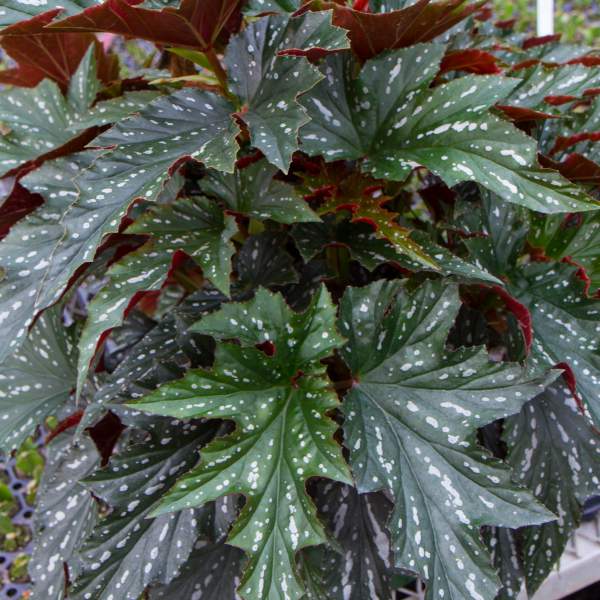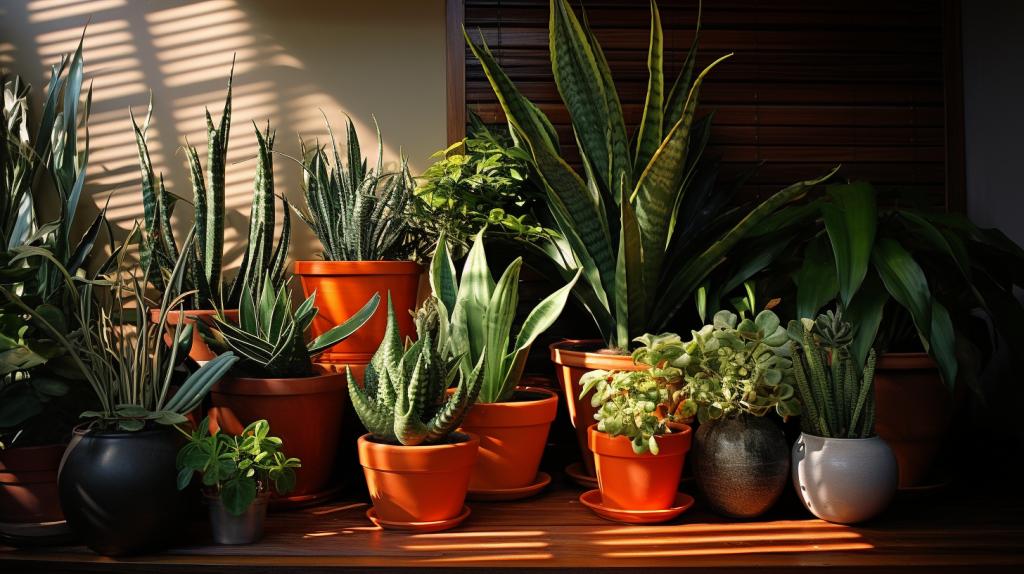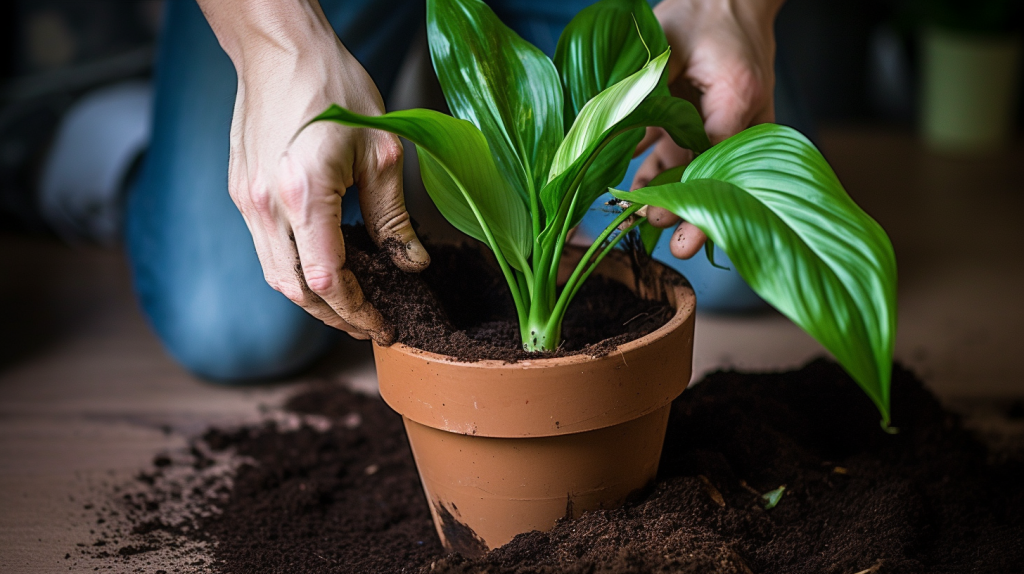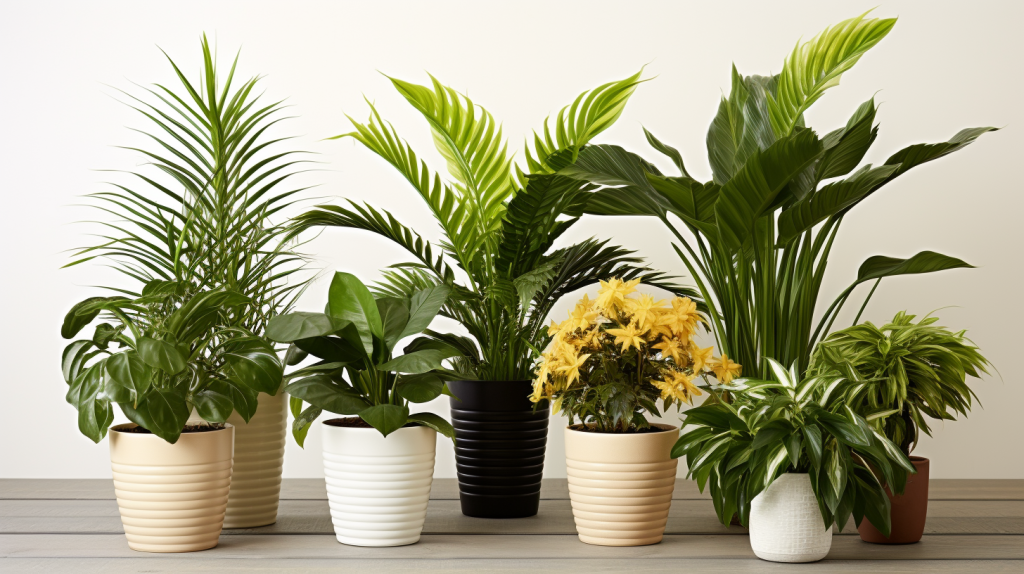Among the pantheon of fascinating houseplants that grace our homes and spaces, the Angel Wing Begonia takes a significant spot. This enchanting species, named for its angelic wing-shaped leaves and vibrant blooms, has captured the hearts of plant enthusiasts and novices alike. Today, we journey through the captivating universe of the Angel Wing Begonia, learning everything from its unique characteristics to its proper care techniques. So, buckle up for this engaging exploration of this horticultural beauty!
Angel Wing Begonia Description
The Angel Wing Begonia, scientifically recognized as Begonia coccinea, is an evergreen perennial plant originating from the warm and tropical regions of South America. It’s renowned for its sizeable, shimmering leaves that mirror the gentle arch of an angel’s wings. These leaves, replete with an enchanting green hue and speckled with metallic silver dots, offer a breathtaking contrast to their rich, ruby-red undersides. Further amplifying the plant’s aesthetic allure is its cluster of drooping flowers that bloom profusely, painting your space with hues of red, pink, white, or orange.
Delving into the Fascinating Facts About Angel Wing Begonia
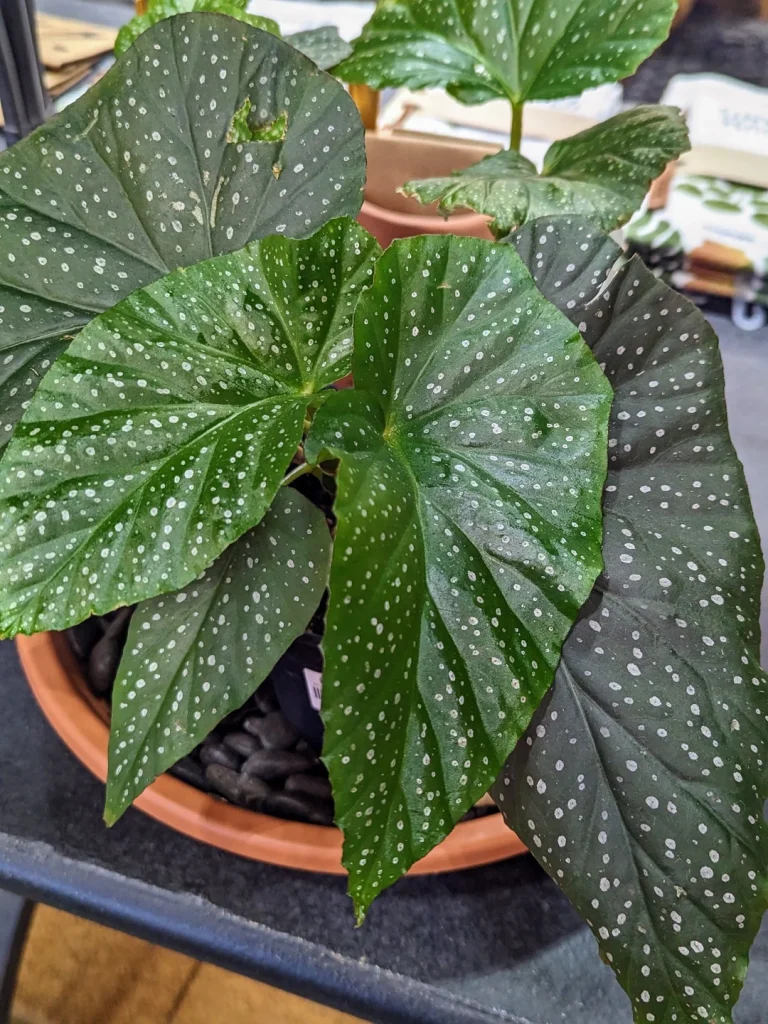
While the Angel Wing Begonia’s visual beauty is a treat to the senses, its intriguing facts serve as a treat to the intellect. For starters, this plant is part of the Begoniaceae family, one of the largest flowering plant families with over 1,800 diverse species. Despite its delicate, elegant appearance, the Angel Wing Begonia showcases an impressive resilience, effortlessly adapting to a variety of conditions. This adaptability, combined with a fascinating lifecycle that includes a unique propagation process involving leaf cuttings, makes it a rewarding choice for both seasoned and beginner plant enthusiasts.
How to Shower Your Angel Wing Begonia with Care
The care regimen for your Angel Wing Begonia should strike a balance, much like a well-orchestrated symphony. It flourishes best in bright but indirect sunlight, appreciating a touch of light without getting scorched by harsh rays. The plant also prefers well-drained soil that allows the roots to breathe, detesting water-logged conditions. It’s wise to water your plant sparingly, allowing the top inch of the soil to dry out between watering sessions to prevent root rot. As a tropical plant, the Angel Wing Begonia enjoys a humid environment, which can be achieved by misting the leaves or keeping the pot on a tray filled with pebbles and water.
Mastering the Art of Growing Angel Wing Begonia
Cultivating Angel Wing Begonia can be a deeply fulfilling venture. The process begins with taking a leaf cutting from a healthy parent plant. This cutting should be placed into a pot filled with well-draining potting mix. Maintaining consistent moisture in the soil, while avoiding saturation, is crucial during this phase. The pot should be placed in a bright location but kept away from direct sunlight. If you provide the cutting with a caring environment, you’ll soon see the emergence of roots, and a new plant will take form.
Navigating the Potential Problems with Angel Wing Begonia
Despite its sturdy and adaptable nature, the Angel Wing Begonia is not without its potential pitfalls. Overwatering can lead to the dreadfully common issue of root rot, while under-watering can result in droopy or browning leaves. Lack of adequate light can lead to sluggish growth and fading leaf color. In addition, the plant may fall prey to unwelcome visitors such as mealybugs and spider mites.
A Word of Caution: Is the Angel Wing Begonia Poisonous?
Although the Angel Wing Begonia is a sight for sore eyes, it’s worth mentioning that it’s toxic if ingested. The leaves contain soluble calcium oxalates, which can cause discomfort, irritations, or even more severe reactions in both humans and pets. Therefore, it’s critical to position the plant where curious pets or young children cannot reach it.
The Indoor vs Outdoor Debate: Where Does the Angel Wing Begonia Belong?
The Angel Wing Begonia can be grown in both indoor and outdoor settings. However, considering its tropical roots, it generally fares better indoors in regions with cooler climates. If positioned outdoors, it should be sheltered from extreme temperatures and direct sunlight to prevent leaf burn.
Understanding the Light Requirements of an Angel Wing Begonia
The Angel Wing Begonia has a preference for bright, indirect light. Direct sunlight can lead to leaf scorch, causing unsightly discoloration. Conversely, insufficient light can result in leggy growth and a loss of leaf vibrancy. A spot near an east or north-facing window usually offers the ideal lighting conditions.
Growth Patterns: Is Angel Wing Begonia Fast Growing?
When showered with optimal care, the Angel Wing Begonia exhibits moderate to fast growth. It’s capable of reaching a height of about 4 feet indoors within a few years. However, it’s worth noting that growth rates can vary based on various factors, including light conditions, temperature, and watering practices.
Conclusion About the Angel Wing Begonia
In conclusion, the Angel Wing Begonia, with its striking foliage and vivid blooms, makes a truly remarkable addition to any plant collection. By showering it with a bit of love and the right care, you can transform this resilient plant into a show-stopping feature in your indoor garden. This guide serves as your comprehensive roadmap to successfully cultivating and caring for this divine plant. Now it’s your turn to create your botanical paradise!
FAQs
Q1: Can Angel Wing Begonia be propagated from seeds?
Yes, it’s possible to propagate from seeds, although it’s generally easier and faster to propagate from leaf cuttings.
Q2: What kind of soil mix does an Angel Wing Begonia prefer?
It prefers a well-draining soil mix, such as a combination of perlite, peat moss, and compost.
Q3: How frequently should I fertilize my Angel Wing Begonia?
It’s recommended to fertilize once every two weeks during the growing season, using a balanced liquid fertilizer at half strength.
Q4: Can Angel Wing Begonia survive in low light conditions?
While it can tolerate low light, the plant thrives in bright, indirect light for optimal growth and leaf coloration.
Q5: Does Angel Wing Begonia bloom throughout the year?
In ideal conditions, it can bloom all year round. However, it typically flowers from spring to fall.
References
- The Spruce: https://www.thespruce.com/
- Garden.org: https://garden.org/
- Houseplant411.com: https://www.houseplant411.com/
- Missouri Botanical Garden: http://www.missouribotanicalgarden.org/

